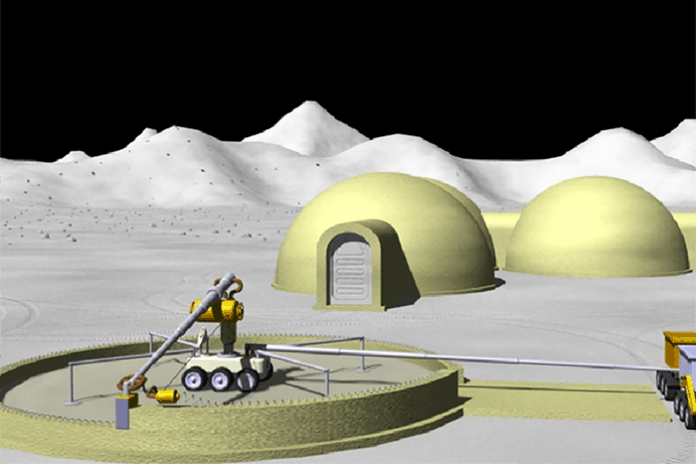
Dear EarthTalk: Is so-called “Off-Earth Manufacturing” really the environmental panacea that Jeff Bezos and other proponents say it is?
—M. Traney, Smithfield, RI

In July 2021, Richard Branson rocketed into suborbital space aboard a craft he helped fund, launching a new era of commercial space travel. Branson’s Virgin Galactic rocket emitted plumes of white smoke and tons of kerosene, releasing more greenhouse gases in a few minutes than a typical car would over two centuries. It also emitted black carbon—or soot—into upper layers of the atmosphere, contaminating the air for years to come.
Space companies counter environmental concerns about space flight with promises to construct greener spacecrafts and to transform space into the newest global economic powerhouse.
“We need to take all heavy industry, all polluting industry, and move it into space and keep Earth as this beautiful gem of a planet that it is,” said Blue Origin CEO Jeff Bezos after returning from his own first trip into orbit a few weeks following Branson. Bezos’s vision, otherwise known as “Off-Earth manufacturing,” centers around the transition of planet-exploitative industries into space.
Many materials extracted on Earth are also available in space. Celestial bodies like asteroids and the Moon contain water and water-derived propellants that can be used for in-space infrastructure. With the global mining industry tumbling from a market value of over $1.6 trillion in 2010 to $656 billion in 2020, space resources appear as realistic alternatives for mining. A report by Goldman Sachs, asteroid mining has costs “comparable to traditional mines.”
“Off-Earth manufacturing” does drive energy and mining industries away from exploiting the finite resources on Earth, but the construction of such complex systems in space poses many challenges. Apart from the huge expense of launching materials into space, architects familiar with normal conventions of physics will be forced into a foreign field of designing for zero-gravity spaces. Additionally, large amounts of materials need to be produced and transported that are incredibly durable, able to withstand extreme temperatures, and that transmit information without loss.
The road to space commercialization is long and arduous, but the launching of SpaceX and Blue Origin rockets is a key stepping stone. As expenses of space travel continue to decrease, interest and investments in the global space industry will only increase. Bezos has already announced he is spending $1 billion every year on Blue Origin. Venture capital firms are pouring money into space startups. According to recent data from Space Capital, almost $38 billion has gone to space infrastructure companies over the past decade. On a wider scale, the global space industry is expected to generate over $1.1 trillion by 2040 in a report by Morgan Stanley, up from the $447 billion in a 2020 report by the Space Foundation.
Will time tell if Off-Earth manufacturing can help ease environmental pressures down here on our own planet? One has to wonder why we are so concerned with moving our polluting industries off-planet when we could concentrate instead on cleaning them up down here or eliminating them entirely.

